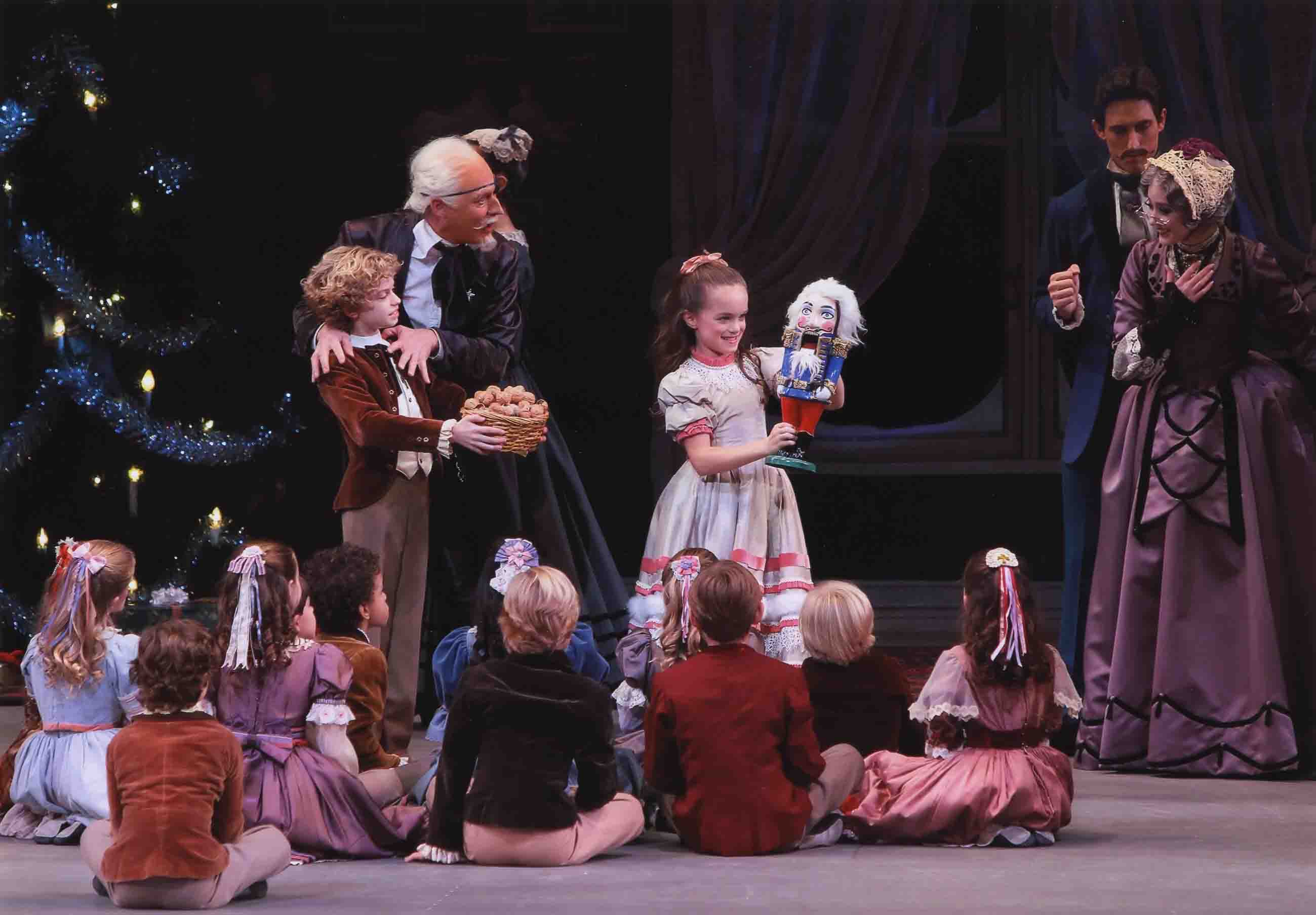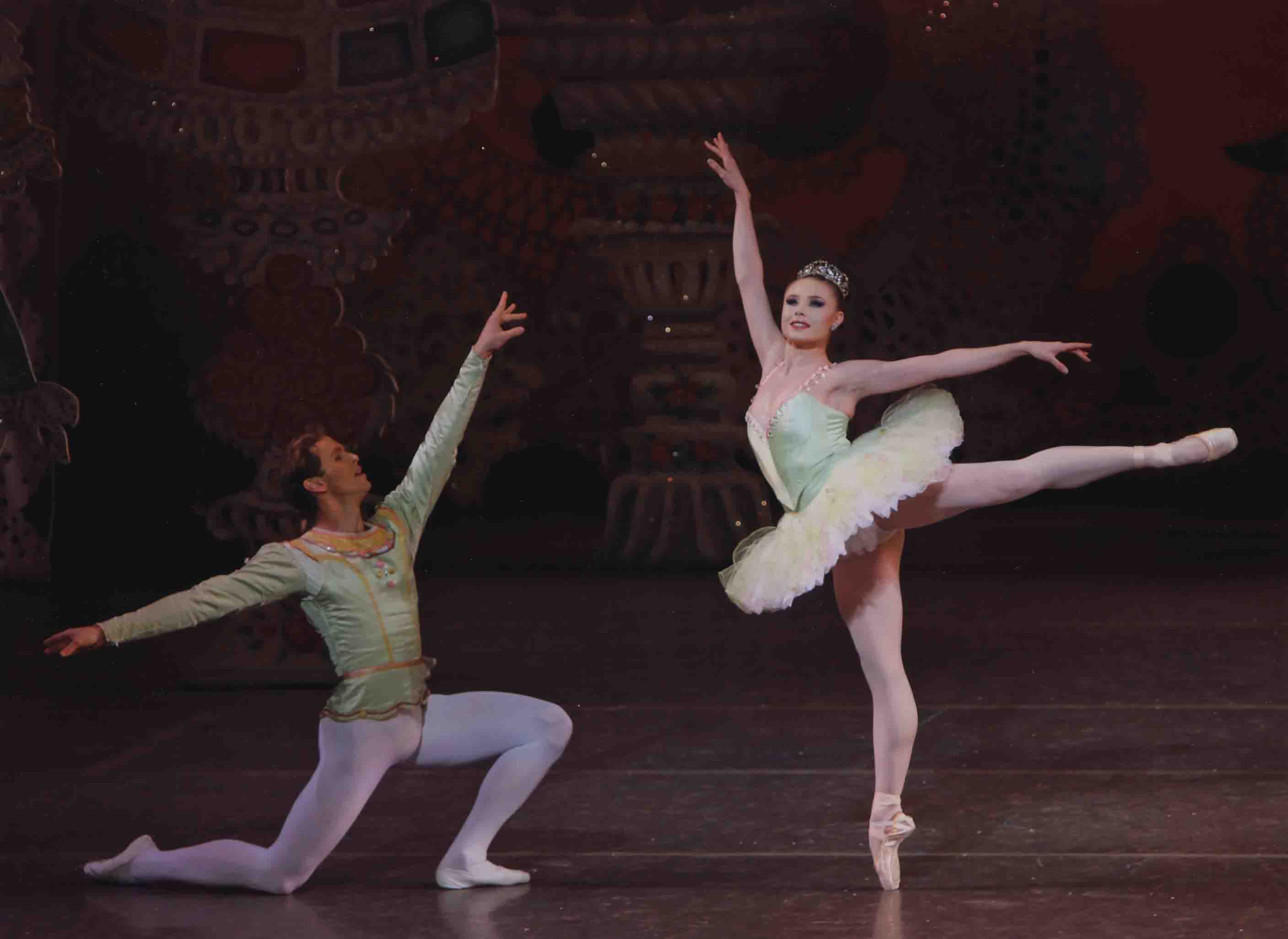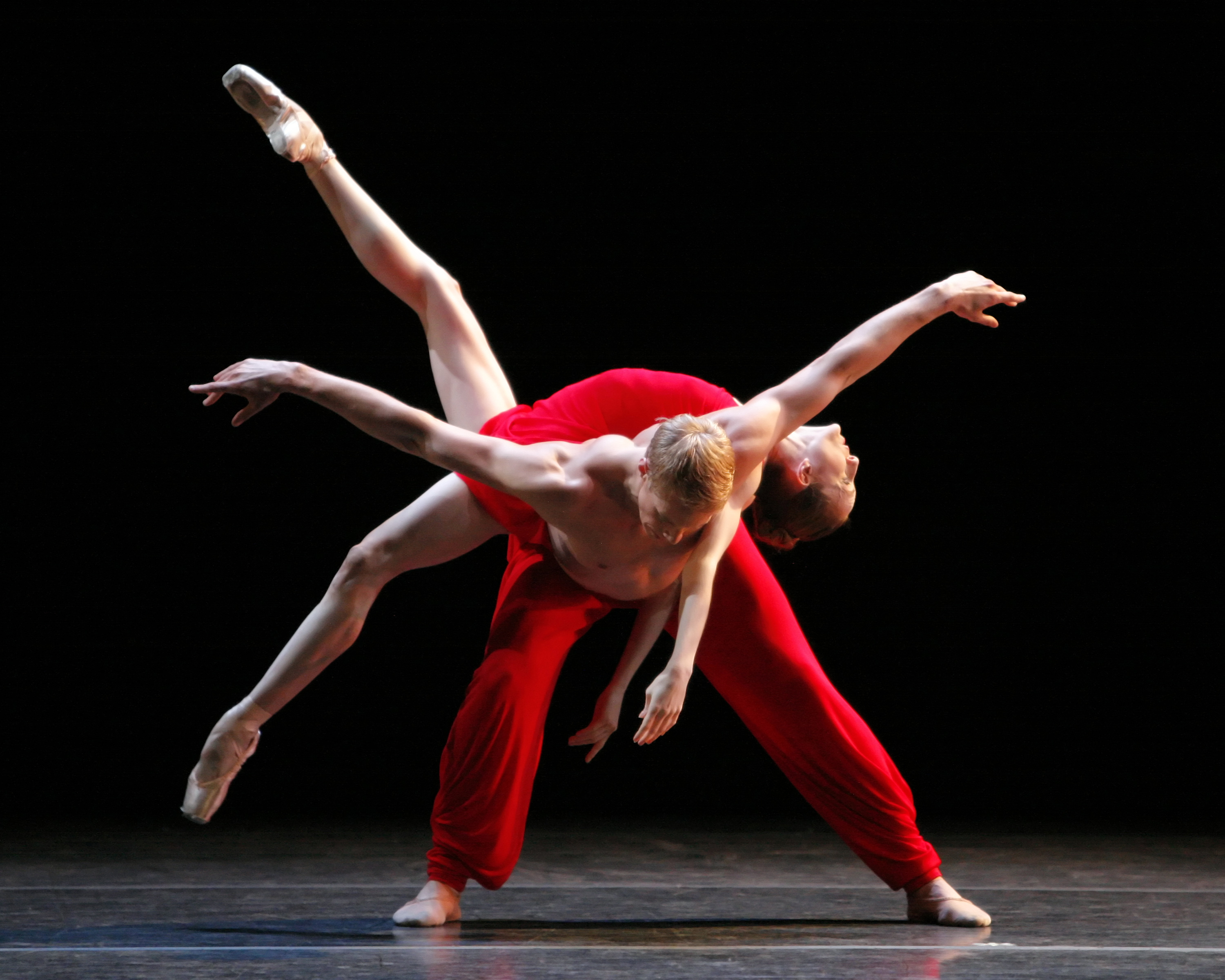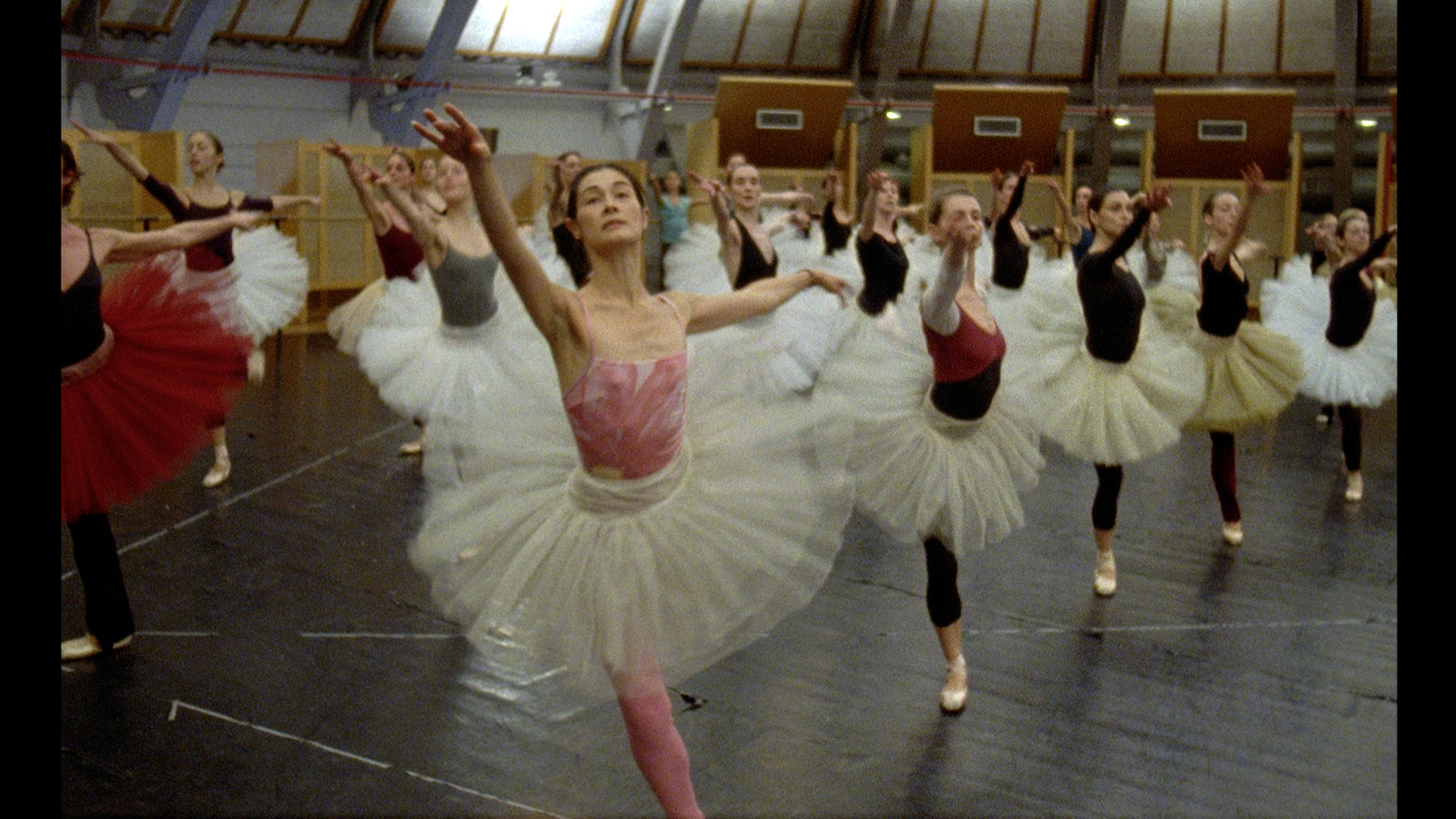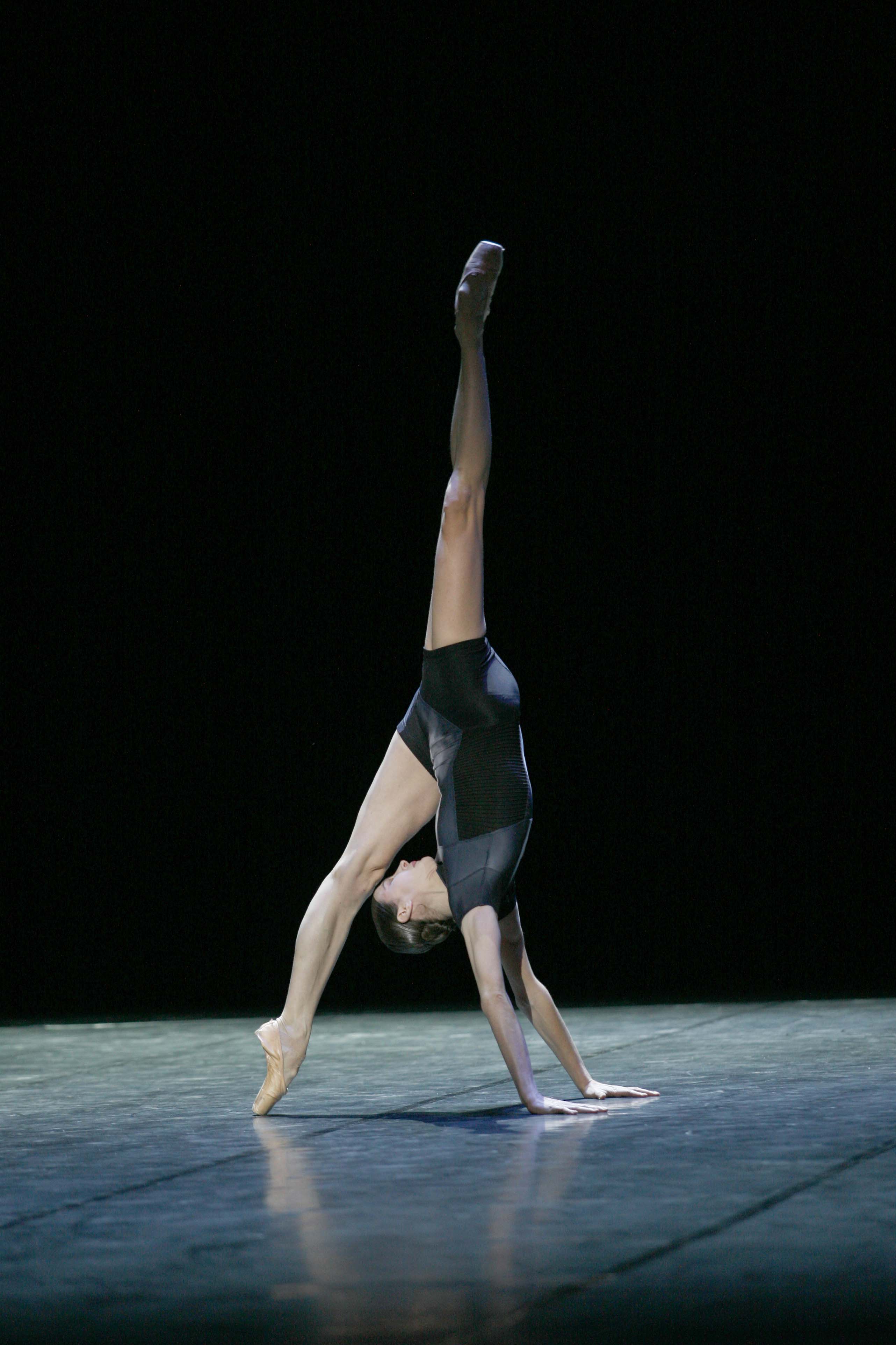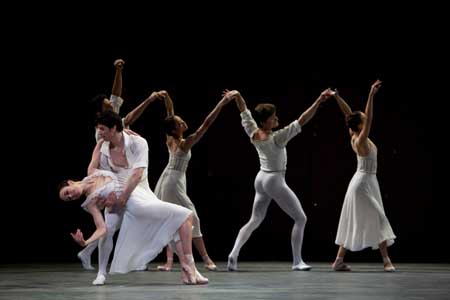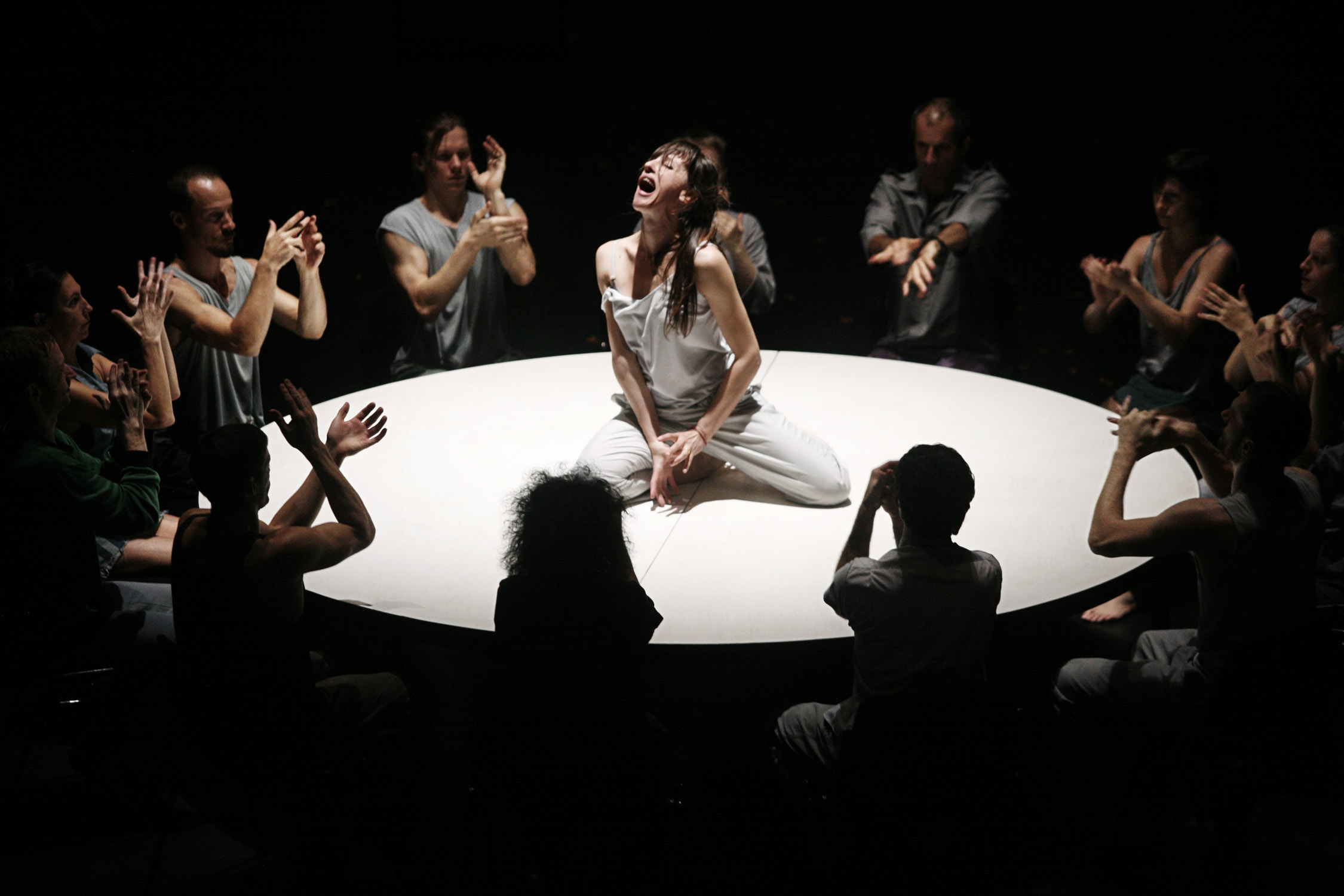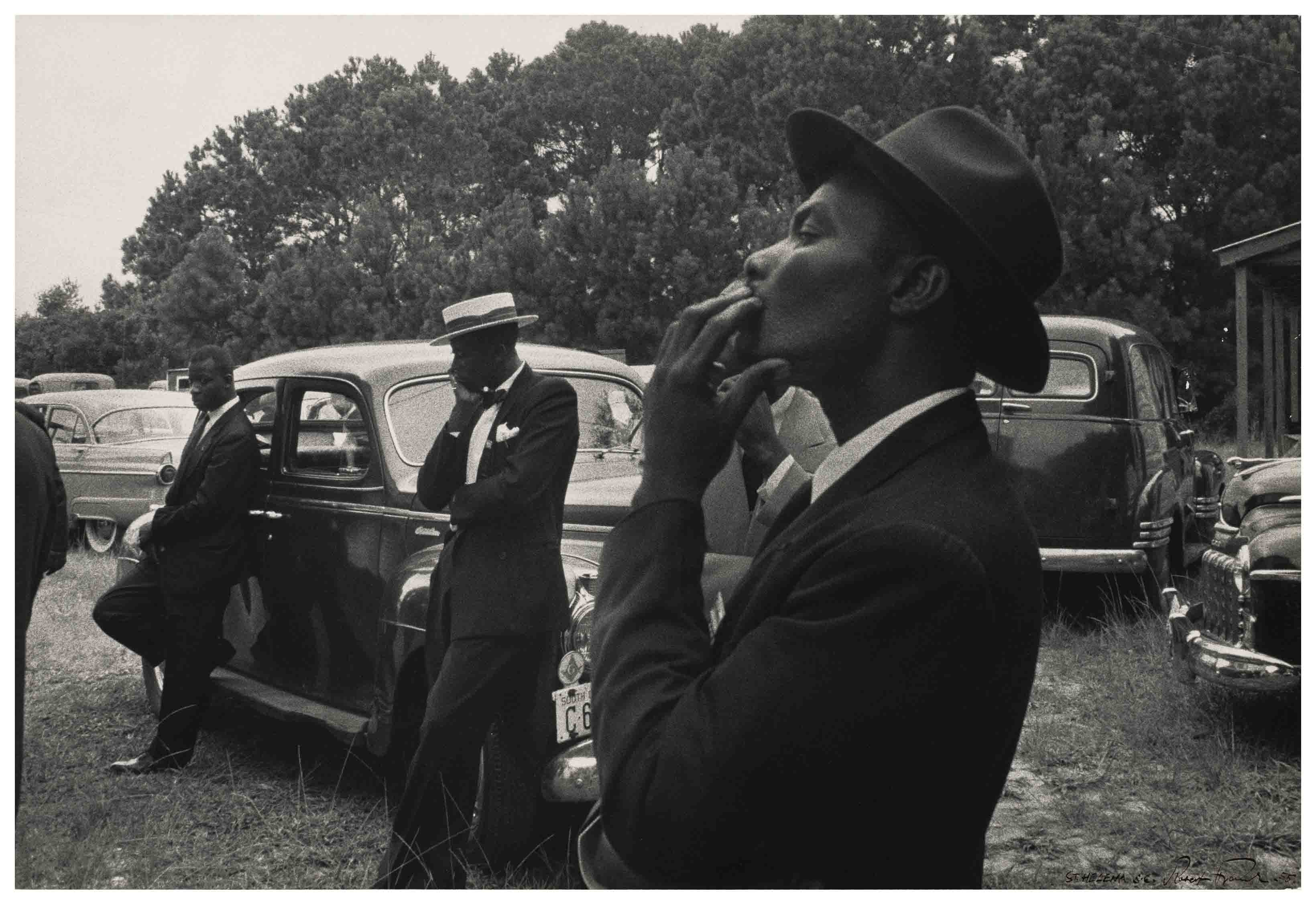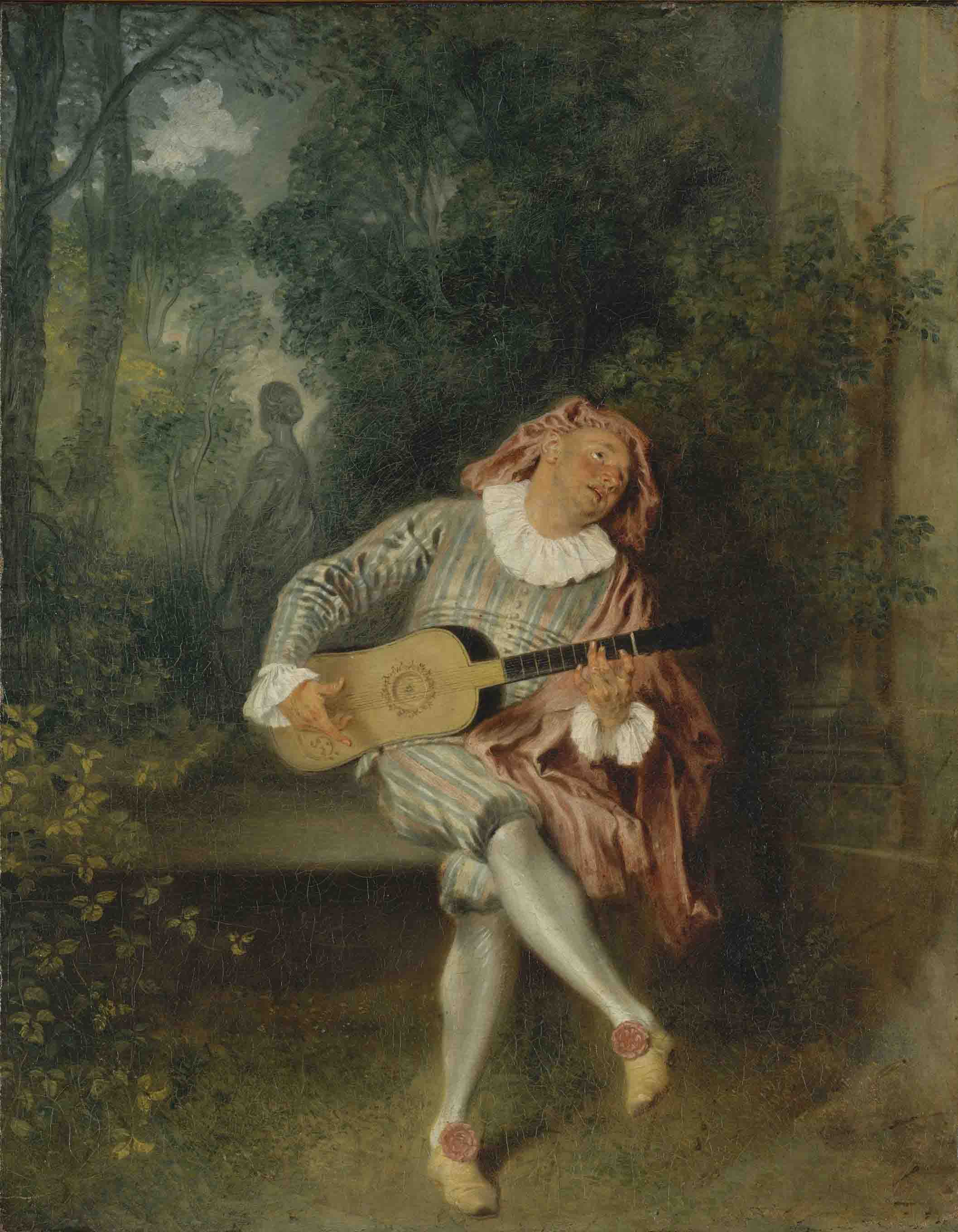Chunky Move: Mortal Engine / BAM Howard Gilman Opera House / December 9-12, 2009
Chunky Move, founded in 1995 and still led by Gideon Obarzanek, comes to us from Down Under, or Oz, as some people call Australia.
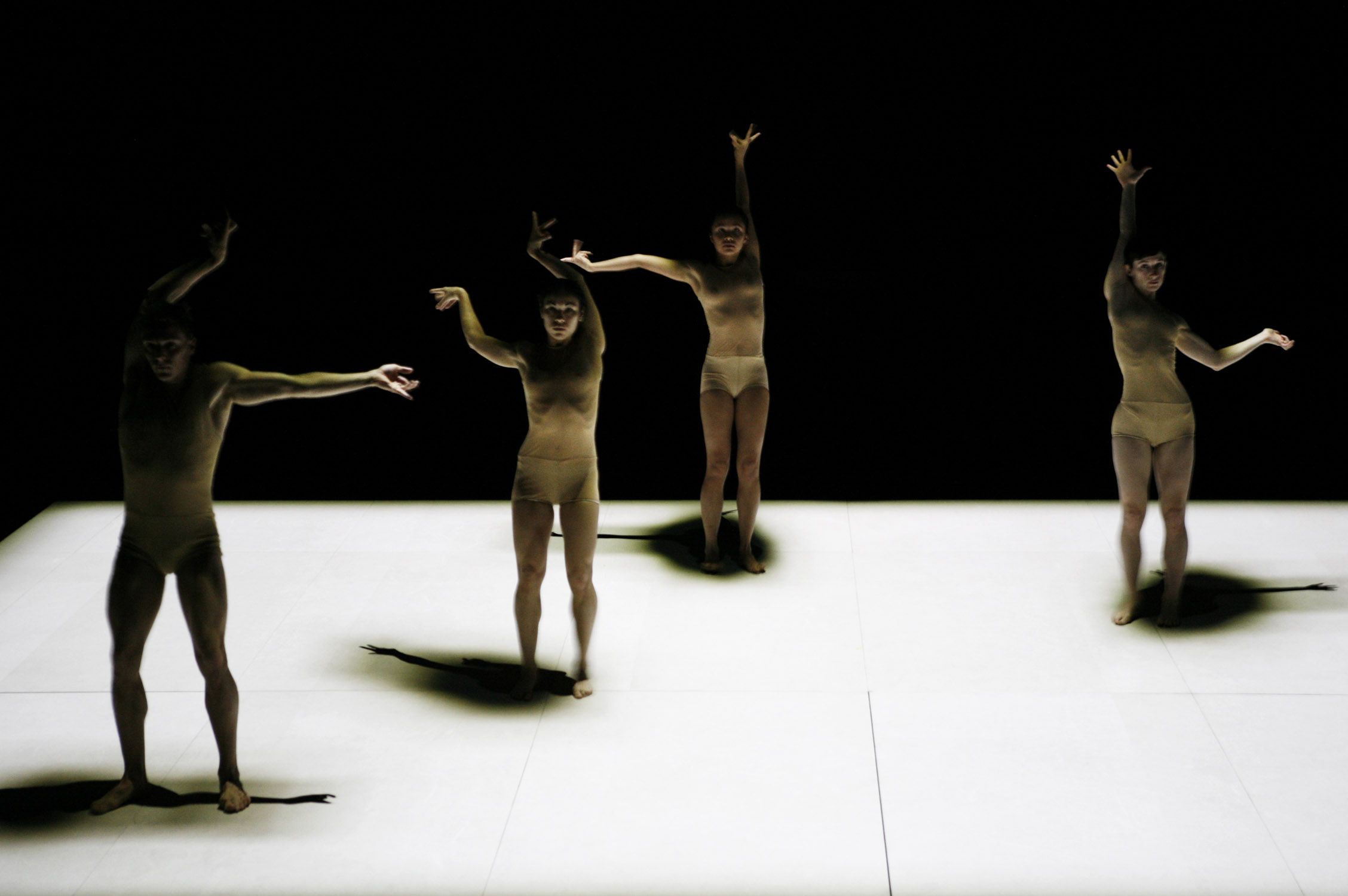
Chunky Move in Mortal Engine
Photo: Julieta Cervantes
The troupe’s name indicates its original purpose–to invent dance productions that contrast with the rarefied artifice and elegance of ballet. (Originally trained in that classical genre, Obarzanek, who masterminds the group’s works, is decidedly in recovery.)
Of the Chunky Move programs I’ve seen in New York, my favorite is Tense Dave (a collaboration by Obarzanek, Lucy Guerin, and Michael Kantor), awarded a Bessie in 2008.
Especially after seeing Mortal Engine, I’m mystified by the fact that the items in Chunky Move’s repertory are so dissimilar, so different in subject, style, and tone to one another. This may be (at least in part) the result of collaborative creation. Often the makers of the movement, the set (in Tense Dave, for instance, the “stage” consists of a huge compartmentalized turntable), as well as the light, sound, costumes, and electronic gimmickry have near-equal prominence. I’d bet, too, that the performers have a lot to say about what goes on; though silent, they look articulate.
Mortal Engine is a giant step away from Tense Dave; it doesn’t even call itself a dance. According to the press release, it’s a “multimedia performance work using movement- and sound-responsive visual projections to portray an ever-shifting, shimmering world that defies the limitations of the body. A web of lasers and video projections react to the dancers’ every movement, creating a layer of virtual choreography superimposed over its physical manifestation.” Fancy talk, but you get the idea. Needless to say Mortal Engine has no definitively fixed form; it’s new every night.
So what actually goes on in the one-hour (and too long at that) intermissionless piece? On a huge tilted floor, raked toward the audience, a remarkably supple, mostly recumbent woman in a sheer-topped gray leotard curls and splays her body as if it were well-nigh boneless. After a long passage of this bravura elasticity, she’s approached by five crawling bodies bathed in inky shadows that appear to menace, even swallow, her. A section of the tilted floor is then engineered to a near-vertical position and she stands alone before it, illuminated by light so bright your eyes cringe as you watch. Next, the light fragments into a phalanx of splinters that surround her. The whole business reminded me of Joan of Arc’s trial and burning at the stake. Wondering why I had to find a familiar narrative for stage action that its creators surely conceived as abstract, I realized that what I was being offered was simply insufficient. The media were multiple, as promised, but the result was thin–and trite to boot.
In another “scene” a man and woman move as if they’re making love, at first calmly, with a voluptuous laziness, but then in a confusion of thrashing arms and legs. Apparently, not even love can save the day.
And so it goes. Shadows are always present, in one way or another, threatening vulnerable victims. Often these “ghosts” leave their image for a while, even after the figures casting them have shifted position. Later, broken down into confetti-size particles, the dark matter seems to be an element the bodies exude, infecting the world around them, or one that has inexplicably materialized from nowhere to entrap the bodies present.
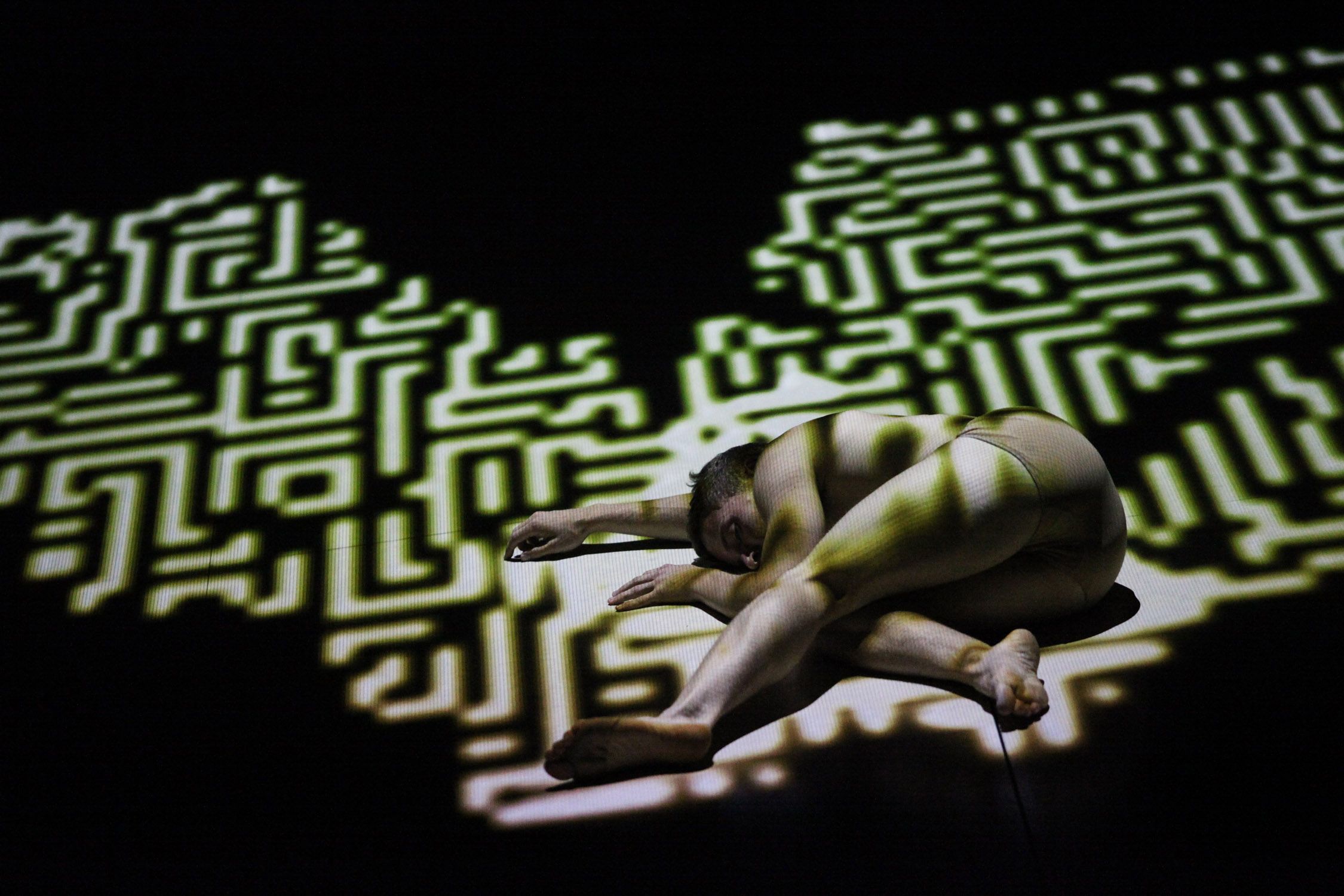
Chunky Move in Mortal Engine
Photo: Julieta Cervantes
The frequent alternative to these versions of dark is blinding light–sometimes as whole-body haloes or pictographs of death by electric shock, at others as patterns that trap the bodies in an inescapable maze. Sections are given over to the light alone, which forms swiftly morphing linear patterns. All the while, the sound hums, growls, throbs, buzzes, or emits static–as if it were intent upon drowning out reasonable discourse or the music of the spheres.
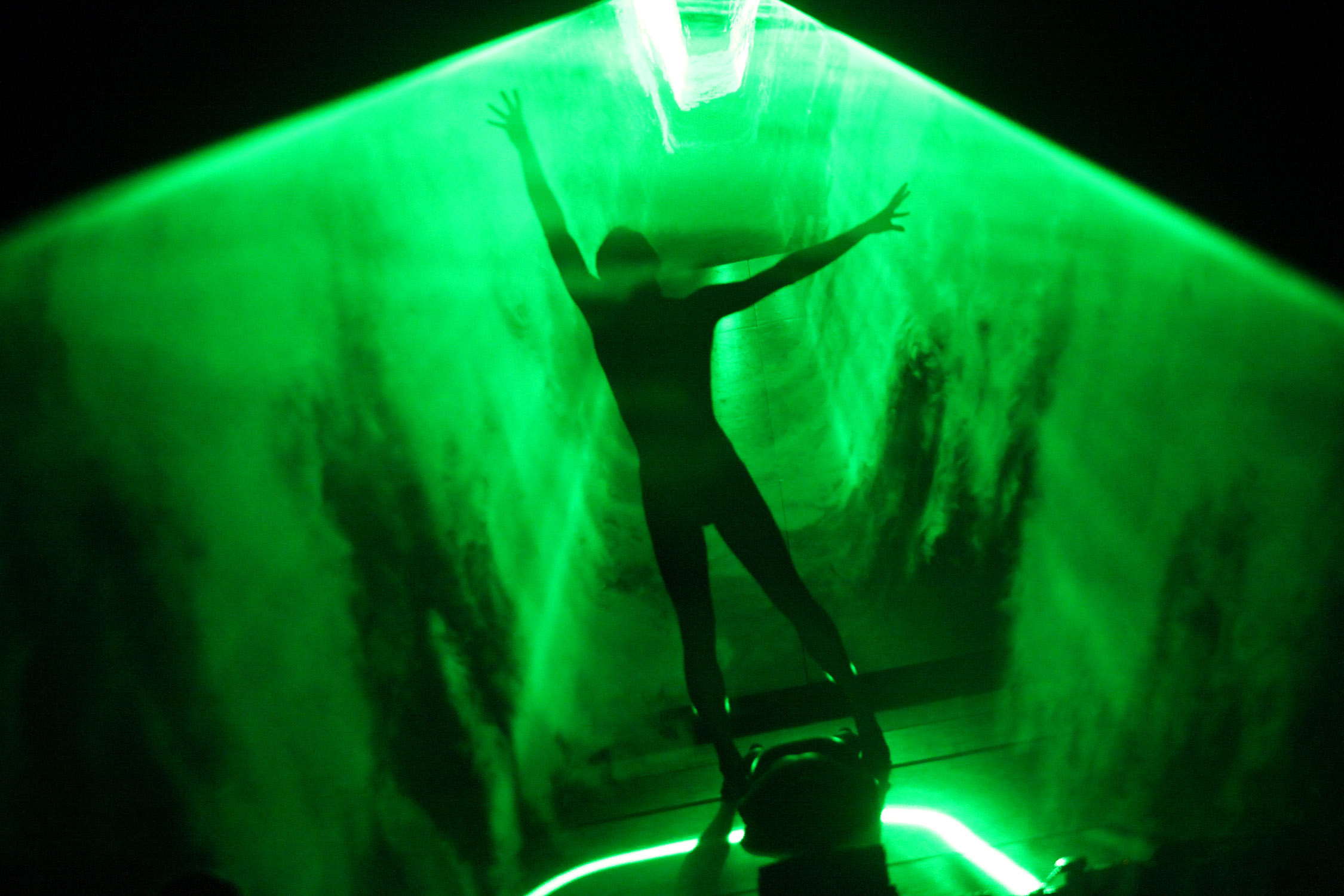
Chunky Move in Mortal Engine
Photo: Julieta Cervantes
Finally, the show moves into a very Ayn Rand apocalyptic mood. A fog spills over the bodies onstage and invades the auditorium, accompanied by a faint smell of incense (or is it hot cinnamon toast?). A triangle of green light divided into beams and topped with a glaring spotlight (a postmodern Christmas tree sporting its star?) follows the path of the fog. After this business is given extended play, a lone figure goes stumbling towards the intense green light atop the triangle, as if to its perilous destiny. Then, in an abruptly conjured peach-tinted glow, two figures embrace. Oi vey!
It’s possible that Chunky Move’s productions fall into one of two opposed categories: Down Home or Outer Spacey. Tense Dave belongs to the first group, showing the messy drama of a confused or obsessed human being awkwardly making his way through life. Mortal Engine–cool, objective, and galactic–reminds me of nothing so much as Alwin Nikolais’s dances. Nikolais operated in the pre-electronic theater days of the mid-twentieth century, but all the concepts are the same as Mortal Engine‘s, in particular the treatment of the human body as just one of many equally fascinating elements in the universe, such as mercurial effects of sound and light. Granted, the result is occasionally magical, but it hardly provides emotional satisfaction.
© 2009 Tobi Tobias





